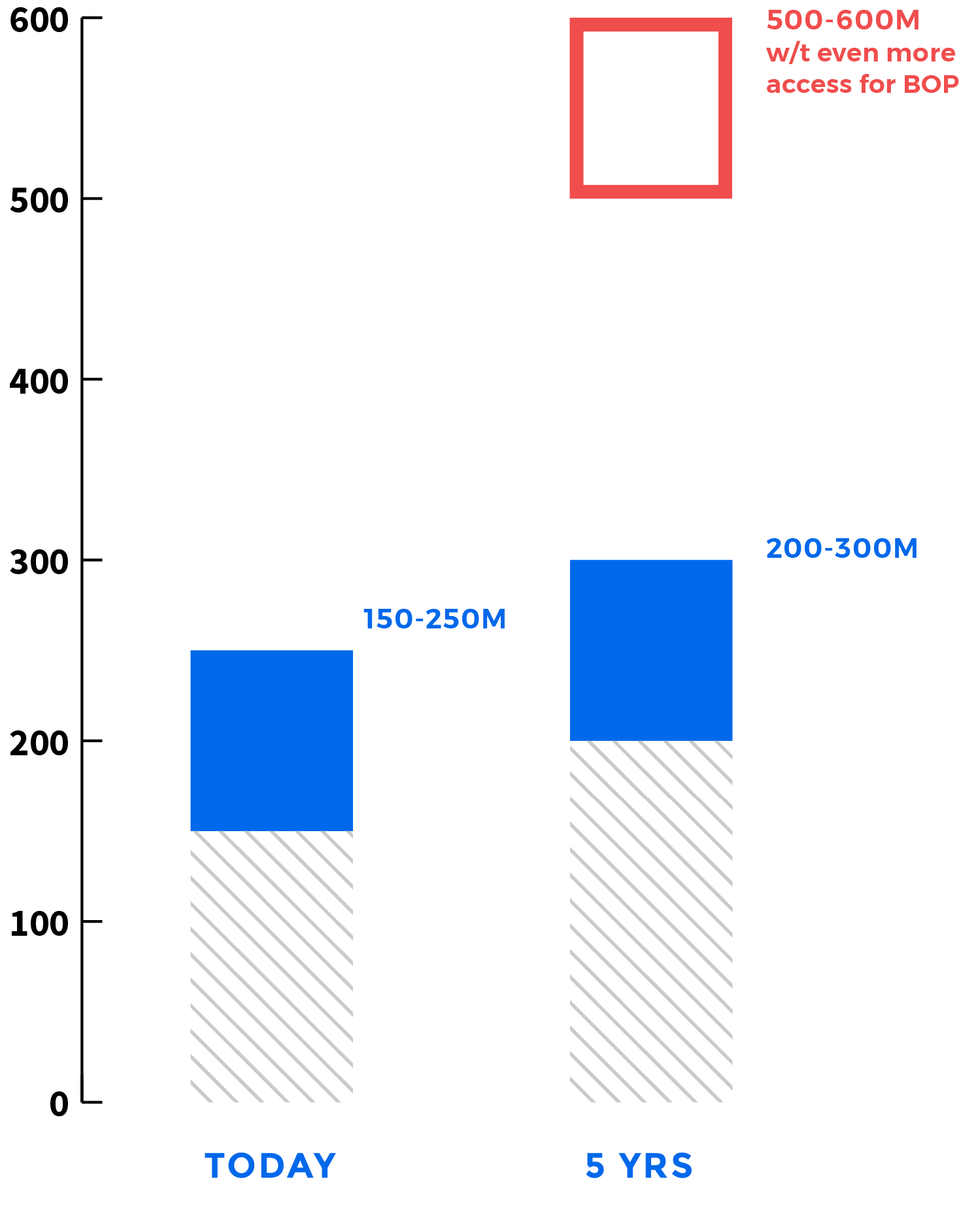Digital Learning
Platforms which allow teachers to integrate online games and content into lessons in classrooms, with the aim of enhancing primary or secondary education, by better engaging children and teaching them new skills.
Potential Market Size (by 2022):
7-15 Billion USD; 200-300 Million Users
























